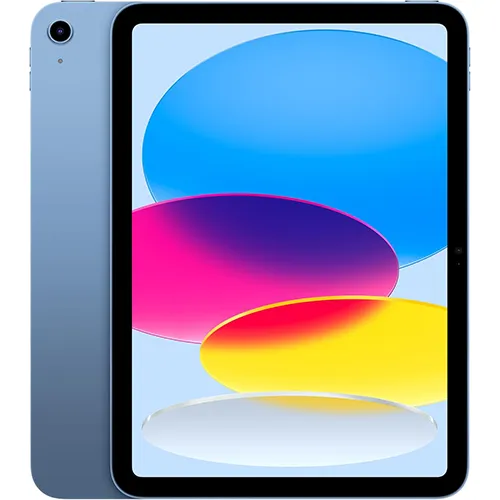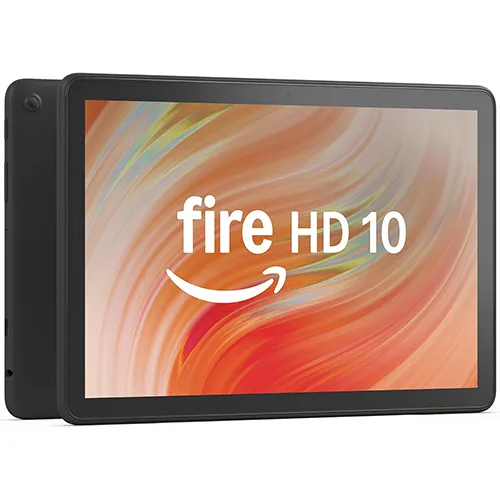AppsSensorsComputersLightingComponentsSecurityEnergyEntertainmentAppliancesHouseholdTelecomHubsNetworkingSelf-HostedCloudPhonesRadiosPlugsBulbsSwitchesLaptopsMini PCSoCCPUGPUNPUMemoryMotherboardNVMEWiFiFansLocksDoorbellsCamerasAlarmsSensorsMetersPlugsSolarBreakersTVsStreamingSpeakersAudio SystemsSmart KitchenSmart RefrigeratorsSmart DishwashersSmart Coffee MakersSmart OvensWashersDryersWater HeatersRefrigeratorsVacuumsMopsToothbrushesMirrorsScalesHumidifiersButtonsClimatePresenceZigbee HubZ-Wave HubWiFi HubBluetooth HubMatter & Thread HubLoRa HubMulti-Protocol HubSwitchEnclosureCurtainsWiFi APRoutersTablets
Smart Home Command Centers: Why Tablets Make the Perfect Smart Home Interface Device
Published: May 16th 2025 @ 4:39PM
Harnessing the Full Potential of Smart Homes with Wall-Mounted or Freestanding Tablets
In the modern smart home, convenience, control, and centralized management are key to a seamless experience. One of the most powerful yet often overlooked tools in achieving this is the humble tablet. Whether repurposing an older device or using the latest iPad or Android model, tablets are proving to be a perfect fit as the main user interface for managing smart home platforms. Their large touchscreens, portability, app compatibility, and mounting versatility make them ideal for both web-based platforms like Home Assistant and native app ecosystems like Apple Home, Google Home, or SmartThings. This guide explores the many ways tablets elevate smart home control and how to make the most of them in your setup.
Why Tablets Are Ideal for Smart Home Management
Tablets offer the perfect blend of screen size, responsiveness, and portability, making them superior to phones for managing complex smart homes. Unlike phones, which are often in use or out of battery, a dedicated tablet can remain docked or wall-mounted, always ready to go. The larger screen real estate allows for better visual dashboards, easier navigation of controls, and more comfortable multi-device management. Whether you are adjusting lights, arming your security system, or setting a scene for movie night, the tablet acts as a real-time dashboard, while having the flexbility of controlling your smart home from anywhere in the house from one centralized device.
Compatibility with Both Web-Based and Native Smart Home Platforms
One of the greatest strengths of tablets lies in their platform-agnostic nature. For DIY enthusiasts using powerful web-based platforms like Home Assistant, tablets serve as a browser-based interface that is perfect for always-on dashboards like Lovelace UI. Meanwhile, users invested in commercial platforms like Apple Home, Google Home, or SmartThings benefit from native app support that runs beautifully on tablets. Android and iPadOS both support multitasking, push notifications, voice assistants, and background video feeds, making tablets not just usable, but ideal for managing the entire smart home ecosystem regardless of brand loyalty.
Wall-Mounted Tablets as Central Command Centers
Wall-mounted tablets are becoming a staple in high-end smart homes for good reason. Placed near entryways, kitchens, or common areas, they provide quick access to smart home controls without having to pull out a phone or use voice commands. With low-profile mounts, power-over-USB solutions, and magnetic charging docks, wall-mounting is cleaner and more elegant than ever. Some users even configure their tablets to auto-lock and display a smart home dashboard as a screensaver. This always available control panel transforms the tablet into a modern replacement for outdated home control systems or thermostats.

Perfect for Doorbell Cameras and Security Monitoring
Tablets shine when it comes to visual feedback from smart cameras and video doorbells. Their screen size makes them ideal for reviewing footage or responding to a visitor at the door with a quick tap. Integration with Ring, Nest, Reolink, UniFi Protect, or Home Assistant's camera integrations means you can view live feeds, talk through two-way audio, and access playback, all from a single interface. For homes with multiple cameras, a tablet is unmatched for multi-camera grid views or pop-up alerts, turning it into a mini surveillance station for real-time security awareness.
Creative Use Cases: Beyond the Basics
Tablets can do far more than control lights, locks and thermostats. With the right setup, they become home intercoms (via apps like Alexa or Google Duo), digital photo frames, shared calendar displays, or even dashboard stations showing weather, energy usage, and smart appliance statuses. They can also be integrated into automations, for example, displaying a specific dashboard when the doorbell rings or the garage opens. And since tablets support custom routines and widgets, your smart home can adapt to your day in surprisingly useful ways, from morning briefings to bedtime routines... all at the tap of a screen.
Conclusion
Tablets offer a powerful and flexible interface for smart home control, blending beautifully with any ecosystem both web based or app driven. They serve as always ready dashboards, visual control hubs, camera monitors, and information centers. Whether you mount one on the wall or keep it on a kitchen counter, integrating a tablet into your smart home is not just a convenience it is a game changer. As smart home platforms evolve, tablets are uniquely poised to grow with them, making them one of the smartest investments you can make for a modern, connected home.
